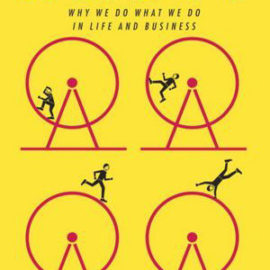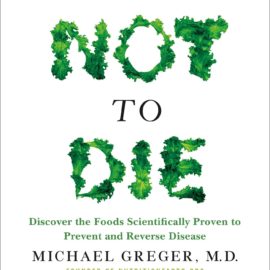Want to learn the ideas in The Telomere Effect better than ever? Read the world’s #1 book summary of The Telomere Effect by Dr. Elizabeth Blackburn here.
Read a brief 1-Page Summary or watch video summaries curated by our expert team. Note: this book guide is not affiliated with or endorsed by the publisher or author, and we always encourage you to purchase and read the full book.
Video Summaries of The Telomere Effect
We’ve scoured the Internet for the very best videos on The Telomere Effect, from high-quality videos summaries to interviews or commentary by Dr. Elizabeth Blackburn.
1-Page Summary of The Telomere Effect
Overview
The Telomere Effect by Elizabeth Blackburn and Elissa Epel is a book about the latest breakthroughs in gerontology. It describes how telomeres are indicators of health and longevity, as well as their role in cellular health. The authors discuss how to apply scientific findings to daily life through diet, sleep hygiene, exercise, stress management techniques, emotional regulation skills and environmental toxin exposure reduction.
Some people believe that aging is completely based on genetics. However, science has proven otherwise. Numerous studies have shown that a change in lifestyle can dramatically affect the length of a person’s healthspan or period of good health throughout their life. This includes delaying the onset of diseasespan, which is when illness and chronic conditions drastically lower quality of life.
The authors have been working together since 2002. They began doing telomere research and found that people with shorter telomeres tend to be more stressed, depressed, anxious, and have higher incidences of heart disease. People with longer telomeres are healthier and happier.
Telomeres are important in biology. We can use evidence-based practices to support the health of our telomeres, which will result in better individual and social health.
Key Takeaways
Telomeres protect the DNA in chromosomes from damage.
Telomeres are the caps on chromosomes that protect them from damage. They’re like little plastic tips at the ends of shoelaces. They can grow or shrink, unlike other parts of DNA. People with longer telomeres tend to be healthier than people with shorter ones, and they live longer. Stress is bad for your health, but it’s worse when you don’t respond to stress in a healthy way because it affects your telomere length.
People who are prone to negative thinking tend to have shorter telomeres. Moderate exercise can positively affect telomere length, as well as getting enough sleep and eating healthy food.
Social environment affects telomere length.
Key Takeaway 1: The DNA in telomeres provides essential protection against chromosomal damage as cells renew.
Telomeres are protective caps of DNA that protect chromosomes from mutations and cell death. Telomere DNA doesn’t contain genetic information; it’s just there to stop the proliferation of cancer cells.
Telomere research has started to be a more mainstream topic. For example, actress Cameron Diaz talked about telomeres in her book “The Longevity Book” (2016). The audience for this book likely consists of women who want to learn how they can age gracefully. In an article that mentions the reference of telomeres in the book, writer Gabrielle Frank calls it a “fresh perspective.” This comment shows that there is potential application for telomere research in everyday life, which would help educate women on how they can take concrete steps to slow down aging without resorting to costly cosmetics or ineffective treatments.
Key Takeaway 2: Telomeres have the capacity to grow, unlike other strands of DNA.
Telomeres are the protective caps at the end of chromosomes. They protect chromosome ends from damage and help cells divide. Telomerase is an enzyme that helps to lengthen telomeres, which in turn promotes healthy growth. This was a major breakthrough because it proved that people have more control over aging than previously thought. In recent years, researchers have developed medical procedures to help spur telomere growth by using stem cells and RNA therapy. For example, Dr. Helen Blau led a 2015 study published in Federation of American Societies for Experimental Biology Journal about how she used modified RNA to grow longer telomeres in stem cells through cell division. She discovered that these treated cells appeared younger than untreated ones, while also promoting rapid cell division for a limited period of time so as not to cause dangerous overgrowth or cancerous tumors.






